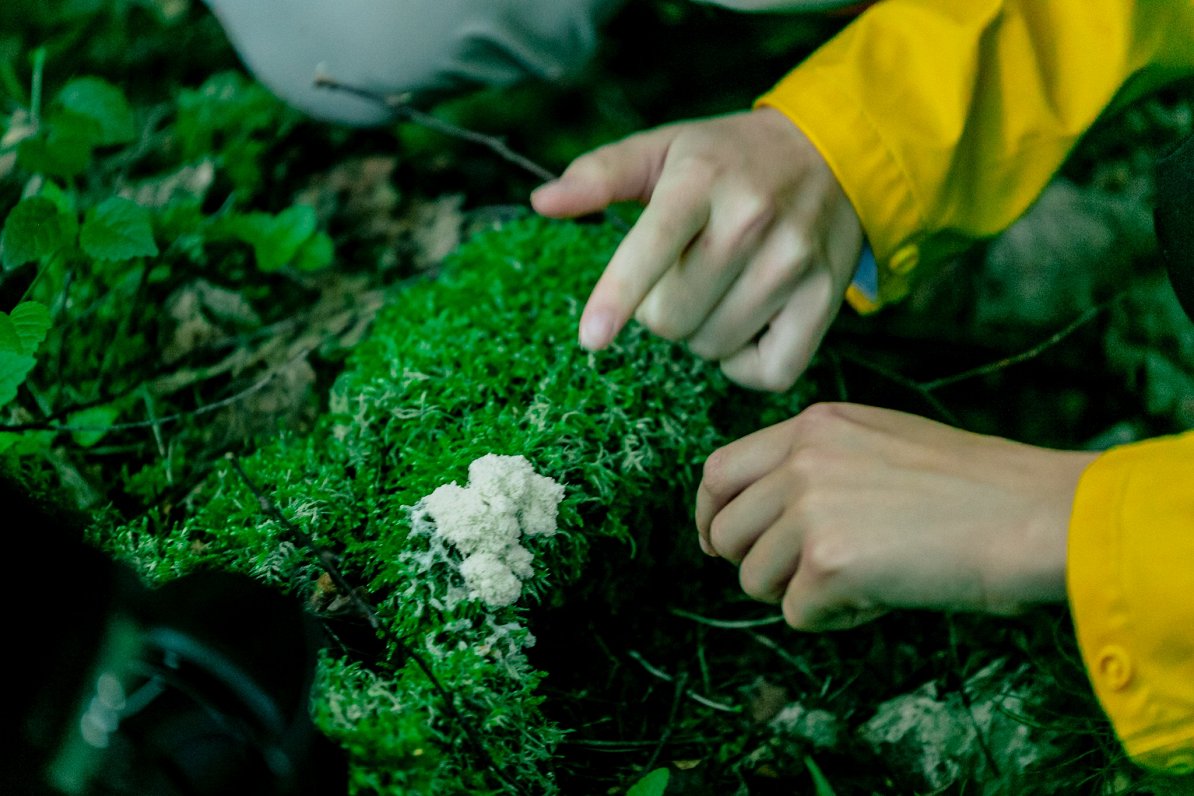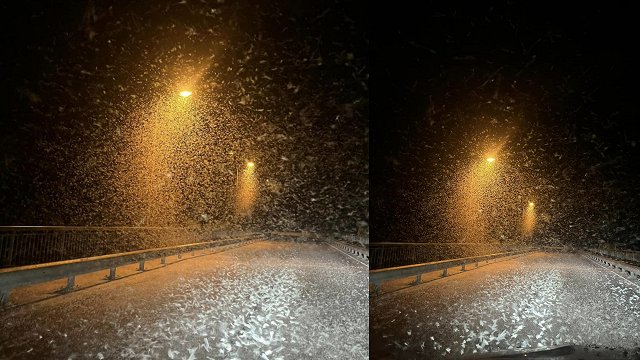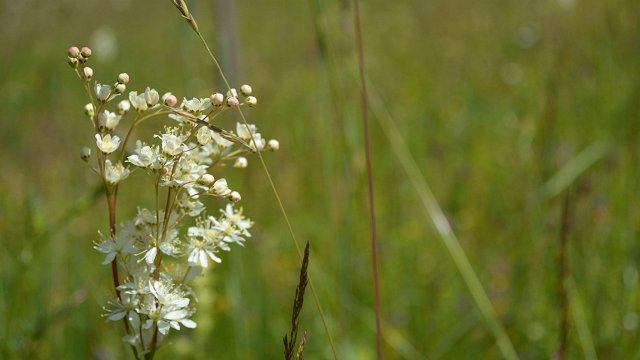Hard though it may be to believe, not everyone likes to eat mushrooms all the time, and not everyone likes to pick mushrooms all the time. For those strange souls, a new activity is gaining popularity – mushroom spotting.
The purpose of observing mushrooms or mushroom-spotting is not to find as many edible things as possible, but to look for the most unusual and most beautiful ones, explained mycologists Inita Dāniele and Diāna Meiere, revealing that the greatest forest treasures can be found in fallen trees, river ravines and old forests.
In autumn, mushroom specialists Dāniele and Meiere are always very busy. People send them questions from early morning until late at night about which mushroom is edible and which is not. Recently, however, this trend is changing and the desire to recognize only edible mushrooms is gradually being joined by an interest in fungi in all their diversity and splendor.
You can quickly confirm this by opening the "Latvijas Mikologu biedrība un draugi" group on the social network Facebook, which gathers more than 11,000 members and where gorgeous photos of mushrooms are published every day. Although all of them are found in the forests of Latvia, some seem unusually exotic for our latitudes.
"We now have a lot of people collecting photos [of mushrooms] and looking for new species," said Dāniele.
The part next to the photos immediately publishes the name and location of the mushroom. Others ask what is the name of the specimen found. Experts call this activity "mushroom watching".
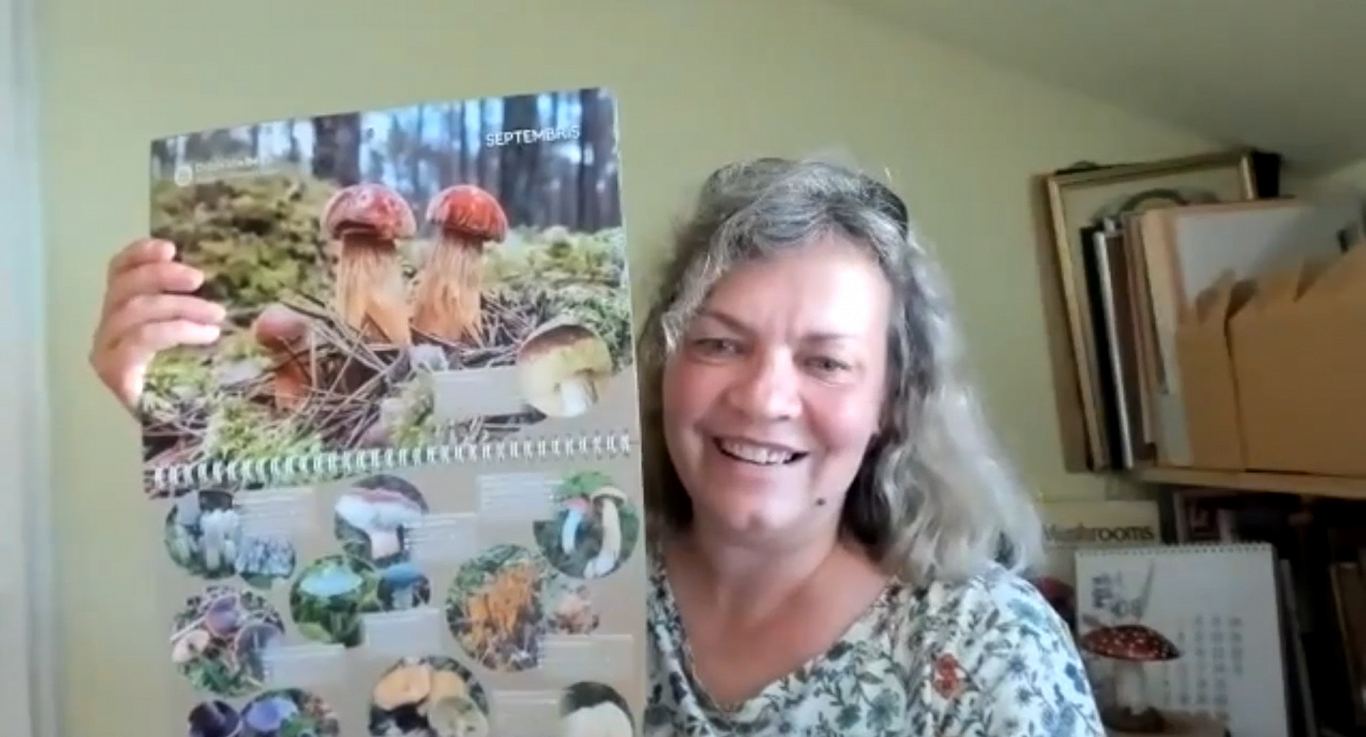
The obvious parallel is with another already well-known activity in Latvia – bird watching. Mushrooms have the advantage of tending not to fly away when disturbed.
"And we thought, if there is bird watching, why not mushroom watching? And we introduced it," said Meiere.
Dāniele said that everything is quite simple. You have to go into the forest and see what is interesting around you. A real mushroom watcher always carries a camera or at least a smartphone equipped with a camera, and preferably a ruler: "It's good to have something to compare it with. You can put a ruler or something similar there and see the size of the mushroom."
Some also take a magnifying glass with them to see if there is something interesting on the surface of the mushroom or if it is very small. Both Dāniele and Meiere almost always take a mushroom knife and a box or a basket with them. Meiere picks mushrooms from time to time, from which she later dyes yarn, while Dāniele collects the most interesting ones for the collection of the Nature Museum:
"I basically have a box of small, tiny mushrooms with me, because I don't just look at them, I also collect them for my collection. I always have boxes, packets and envelopes. A camera or a phone with a camera, because I want to photograph that mushroom in natural conditions," Daniele explained.
Mushrooms are most plentiful in autumn, but they can be found throughout the year. Some of them are collected in the "Mushroom Watcher's Calendar" published by the Society of Mycologists.
When asked when is the best time to look for unusual mushrooms, the experts indicated that it could be the cold months of the year.
"For example, I like late autumn, even though there is no longer the light for photography. But then it is interesting to find something when there is no frost yet, there are not many mushrooms. There is some peace in nature, and the mushroom pickers have also stopped picking mushrooms," said Dāniele, "It is interesting to observe mushrooms even during the winter thaw. Then everything bright and interesting appears on the body."
In winter, you can also find edible mushrooms, Meiere added. Such, for example, is Flammulina velutipes.
"It grows even when there is snow, when there is a slight thaw. For example, it has happened to me that I go out to an apple orchard at Christmas, and it has grown on an old apple tree, and I have a fresh mushroom sauce."
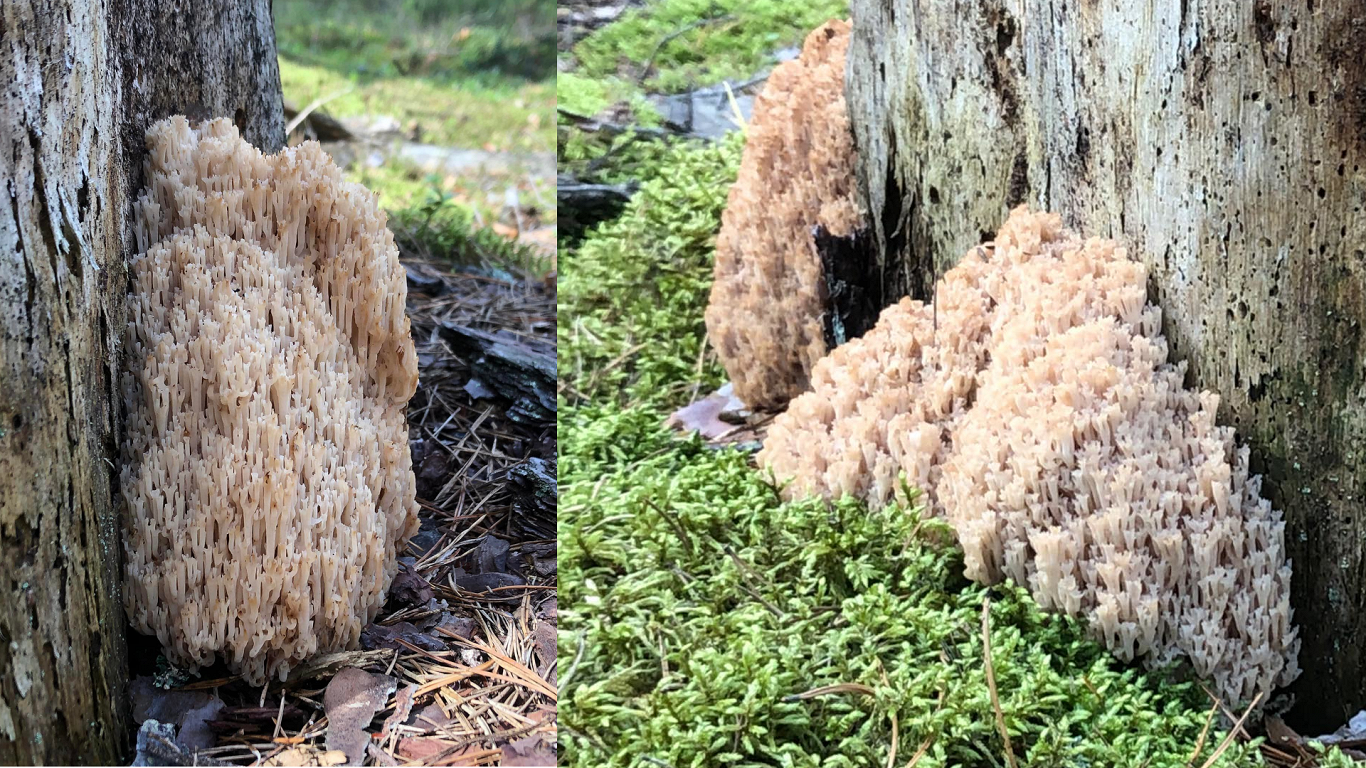
Magnificent mushrooms can also be seen in spring, when they are more often found on fallen branches or trees. Dead wood – fallen trees and branches are a very fruitful place for observations. It is also worth paying attention to diverse forests.
"There are a lot of large pine forests in northern Kurzeme. There is also diversity, for example, in the Gauja valley. The Gauja valley and its tributaries are very rich in all kinds of interesting wood fungi," Meiere pointed out.
She also advised to go to old forests as much as possible – those that are overgrown, but where the trees in them are beyond the age for felling. You can also find quite interesting mushrooms there.
For the most part, mycologists observe mushrooms alone, when nature can be observed more slowly and carefully. Sometimes they get to go to the forest in a larger group of people, revealed Meiere:
"Sometimes, if something is particularly interesting, we go in a group to look. As with birds, too – if a rare bird flies by, all the ornithologists from all over Latvia go to that pond where it lives."
One of the members of the Facebook group, mushroom watcher Ginta, told LSM.lv that mushrooms in the forest can be enjoyed as art: "Mushrooms are something incredibly interesting in all their forms – not only a pleasure for the eyes, the soul, but also for the mind, because mostly I found out what the mushroom is called and what its character is. It's exciting! I notice all kinds of little things in the forest that others who go with me usually don't see or notice. I'm a person of nature, of the forest, and everything that can be found there, gives real joy and harmony."
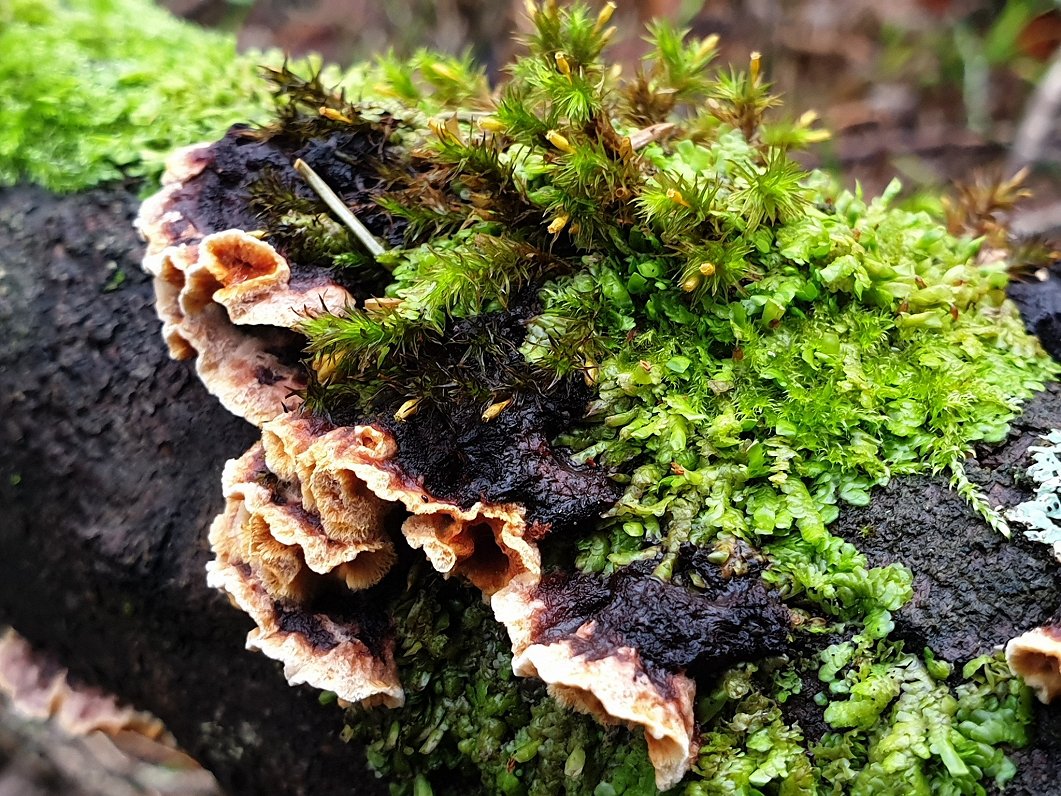
On the other hand, group member Aija is fascinated by the processes of nature.
"Mushrooms and slime molds are natural wonders that can surprise you in any place and in an unpredictable form. It is a real pleasure to see natural gifts you have not seen before in the forest and to learn something new about them," said Aija, adding that she also likes to observe the various development processes of these mushrooms: "For example, when you see a plasmodium, it's interesting to see after a few days what kind of slime fungus has developed from it. The world of mushrooms is so diverse, interesting and endlessly beautiful. It's not for nothing that inedible mushrooms in our family are called the little princesses of the forest."
Meanwhile, Sandra, a mushroom watcher, said that she always liked to walk in the forest with a purpose, so for a long time, picking mushrooms and berries was the perfect excuse. Watching mushrooms allows us to once again see what a fabulous world we live in, added Sandra. That is why she often goes to the forest for a walk and photographs the mushrooms found there.
So next time you find yourself in the forest still with an empty basket after hours of searching, all is not lost. Simply forget about culinary preoccupations and enjoy the beauty and magic of mushrooms in their own right!
